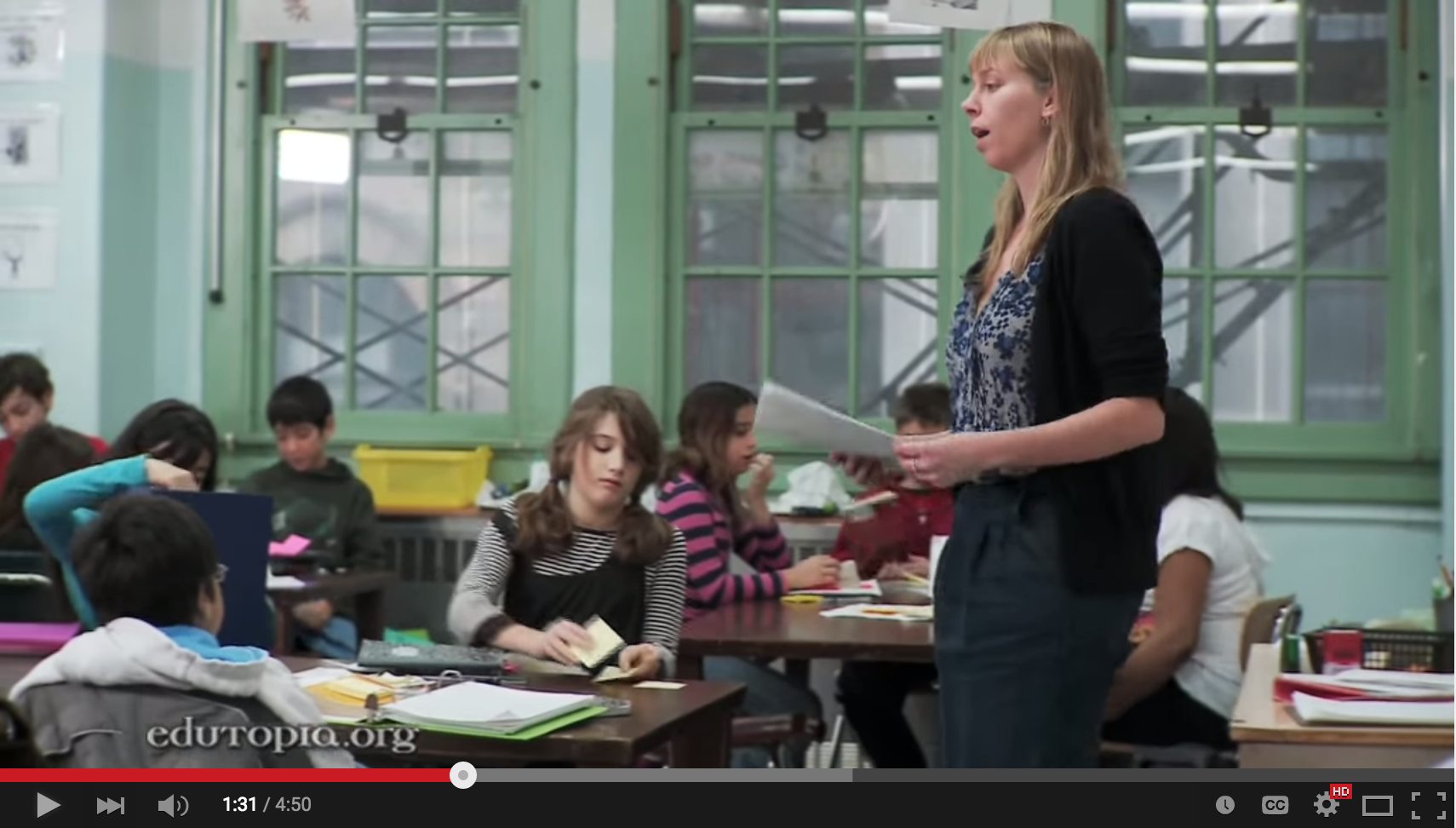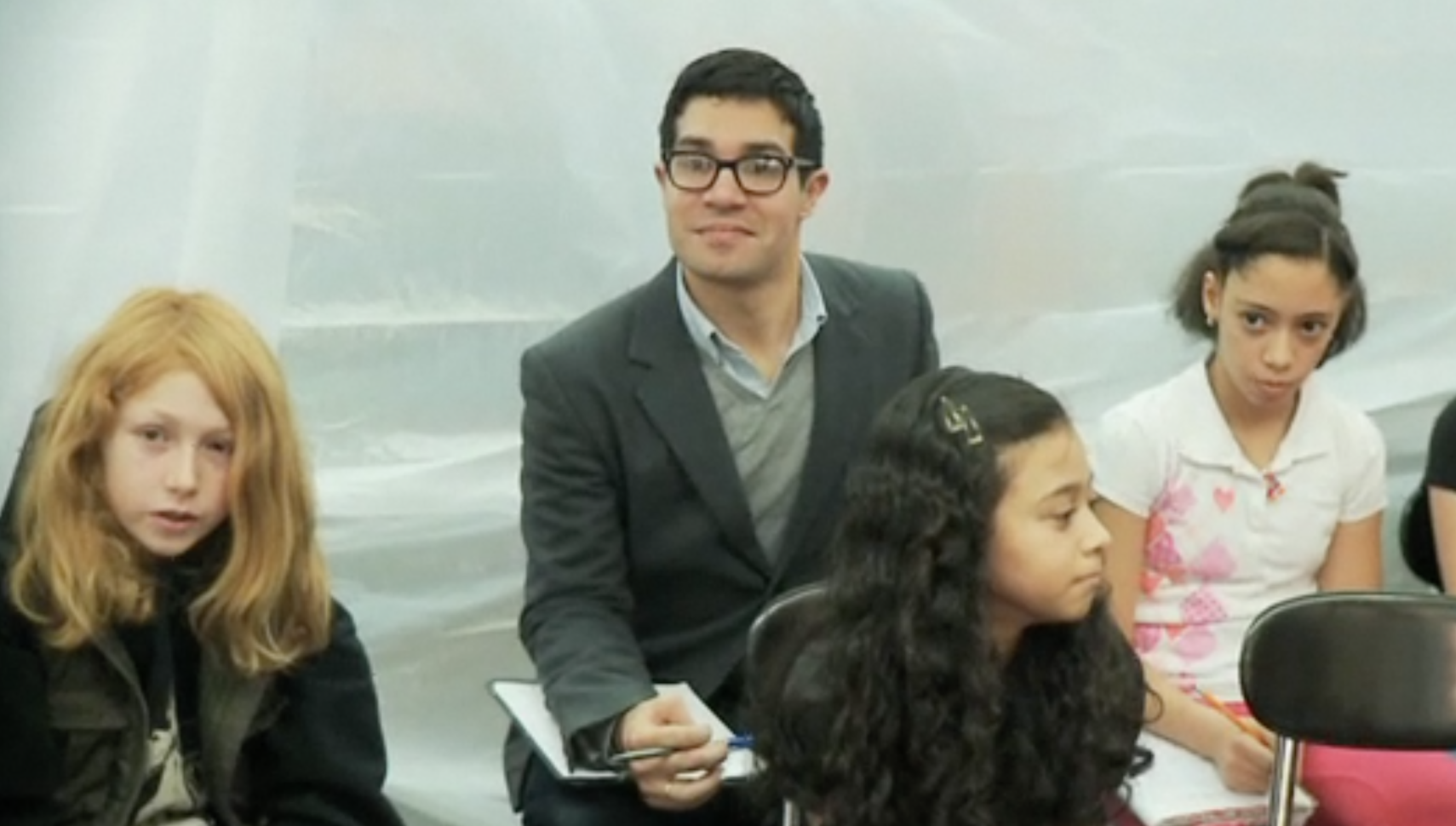Because each student is unique, instructional practices need to be responsive to students’ differing learning styles and abilities. Instructional practices are techniques that educators employ to involve each student in successfully learning the skills and concepts in the standards and objectives identified for the learning experience. Varying instructional practices keeps students more engaged and also allows them to access the information to be learned through multiple approaches. The literature review tables at the bottom of this page illustrate a few of the multiple studies Kamm Solutions has conducted on effective instructional practices:
- Supporting Student Agency
- Learning Through Inquiry
- Collaborating with Others
The following videos illustrate how teachers who are addressing the same group of students can meet the needs of the learners in their classrooms with effective instructional practices that move learning forward.
Downloadable Digital Resources
Our team has put together resources to provide you with suggestions to consider as you plan rich learning experiences for your students.
There are hundreds of well-researched instructional strategies. The following literature review tables provide a sample of Kamm Solutions’ research on effective practices:



